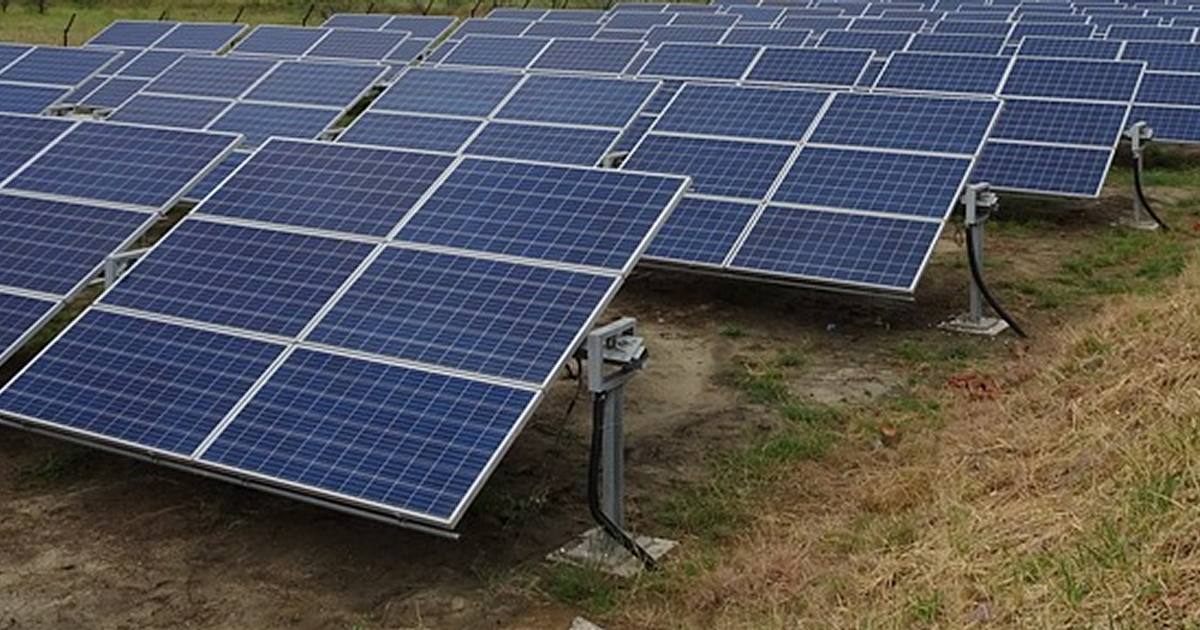
First Nations and storm-prone regional communities in Queensland can now apply for a helping hand to boost their energy independence and resilience through the Palaszczuk Government’s microgrid pilot fund.
Part of the $62 billion Queensland Energy and Jobs Plan announced by Premier Annastacia Palaszczuk back in late September, there’s $10 million in the pot for the Queensland Microgrid Pilot Fund initiative. Grants from $250,000 are available for feasibility studies and up to $5 million to build shovel-ready microgrid projects.
What Is A Microgrid?
A microgrid is a localised electricity system that can operate connected to the mains grid or disconnected from it (island mode). It’s made up of co-ordinated generation and storage resources, backed by various hardware and software tech-smarts. A microgrid may be comprised of generation and storage systems specifically designed for the purpose, and/or include existing distributed energy resources (DERs) such as local home solar power systems and batteries.
Regional and remote fringe-of-grid communities are particularly at risk of blackouts, which can be frequent and long-lasting. Microgrids primarily based on solar panels and batteries can be a good way to boost electricity reliability and quality in such areas.
A First Nations Focus
Queensland Energy and Renewables Minister Mick de Brenni said the Fund has been designed to support innovation to improve reliability of energy supply, create more local jobs and help keep delivering power when extreme weather hits.
“Our plan is to help people to take advantage of Queensland’s clean energy revolution, by installing new renewable generation and storage, as well as contributing to the decarbonisation of regional Queensland,” Minister de Brenni stated.
Lance McCallum, who is Assistant Minister for the 50% Renewable Energy Target by 2030 (quite a title), says the Queensland Microgrid Pilot Fund has a strong First Nations focus.
“One of the program’s objectives is to demonstrate how the deployment of a microgrid will have unique benefits for First Nations people within the community. As a proud First Nations Queenslander I know how important energy resilience and independence for these communities can be.”
Among the project eligibility criteria, a proposed microgrid site must be currently connected to the Queensland Ergon Distribution Network Supply Area and the project must demonstrate how it will help towards decarbonisation of the community’s energy supply.
Further information on the Queensland Microgrid Pilot Fund can be found here and application guidelines here.
About The Queensland Energy And Jobs Plan
Fresh from electoral victory in 2015, Premier Palaszczuk committed to Queensland reaching 50 per cent renewable energy by 2030. Among its goals, the Queensland Energy And Jobs Plan builds on that target and previous efforts with view to reaching 70 per cent renewable energy in the state by 2032 and 80 per cent by 2035.
The centrepiece is construction of Queensland’s “SuperGrid“, which the Palaszczuk Government says will deliver clean, reliable and affordable energy and is key to creating around 100,000 jobs by 2040; with 95 per cent of investment in regional Queensland.
Among the many elements of the plan is the promise of supporting more rooftop solar power and batteries; including a yet-to-be revealed new residential program.

 RSS - Posts
RSS - Posts



Dear SQ, I have an 11kW PV system but my distributor only lets me upload 5kW max. So most of the summer our system is working at less than 50% capacity despite the fact that I am providing clean electricity to the grid at 7c/kWh. This is presumably because our area has quite a lot of PV and the system is unable to cope. This suggests that the real bottlenecks are not getting the price of PV down but (a) upgrading the grid (b) increasing solar energy storage capacity. Increasing energy storage is the real key. Once it is in place, all the concerns about caseload power evaporate. Having enough long term capacity enables domestic PV producers to contribute more efficiently to the grid.
Most focus seems to be on Li ion batteries, as in your article this week. While Li ion batteries seem a good way to store energy, I think it would be useful to consider other methods such as compressed/liquefied air “batteries”, which are now looking scaleable and use existing technology. For example see: https://highviewpower.com. Indeed Highview is competing to build a pilot facility in Qld.
It would be great if your SQ team could provide an overview of different energy storage approaches and economics. (e.g. pumped hydro vs battery vs compressed air vs thermal hydro (see Australia’s Raygen.com).
Paul.